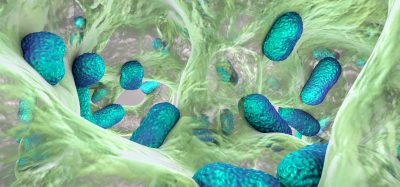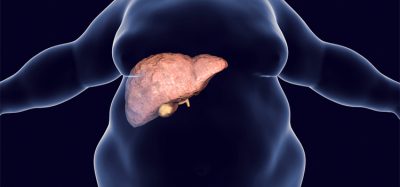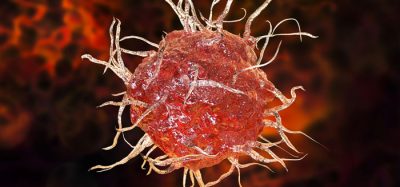‘Hidden pocket’ could be targeted to treat strokes
Posted: 21 January 2019 | Iqra Farooq (Drug Target Review) | No comments yet
Researchers have identified a tiny hidden pocket on the NMDA receptor that could be targeted to treat strokes and seizures…
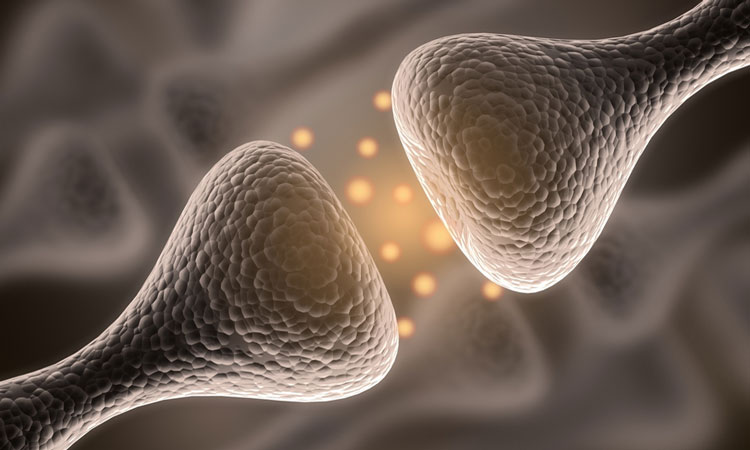
Researchers have revealed a mechanism that could lead to drugs only affecting desired cells and neurons, and not others. This is especially important when treating the human brain as scientists do not want to cause unwanted side effects.
A research team at Cold Spring Harbor Laboratory have revealed a mechanism that could lead to this kind of specificity for the treatment of strokes and seizures.
During a stroke, the brain becomes injured and parts of it begin to acidify which leads to the widespread release of glutamate.
Professor Hiro Furukawa, the senior scientist who oversaw this work said ‘it really comes down to chemistry’.
“We suddenly get more glutamate all over the place that hits the NMDA receptor and that causes the NMDA receptor to start firing quite a lot,” he explained.
In a healthy human brain, the NMDA receptor (N-methyl, D-aspartate receptor) is responsible for controlling the flow of electrically charged ions or atoms into and out of a neuron. These connections are crucial for learning and memory formation, but if they become overactive, it can lead to catastrophic consequences. Abnormal NMDA receptor activities can lead to neurological conditions such as stroke, seizure, depression and Alzheimer’s disease, and have been observed in those born with genetic mutations.
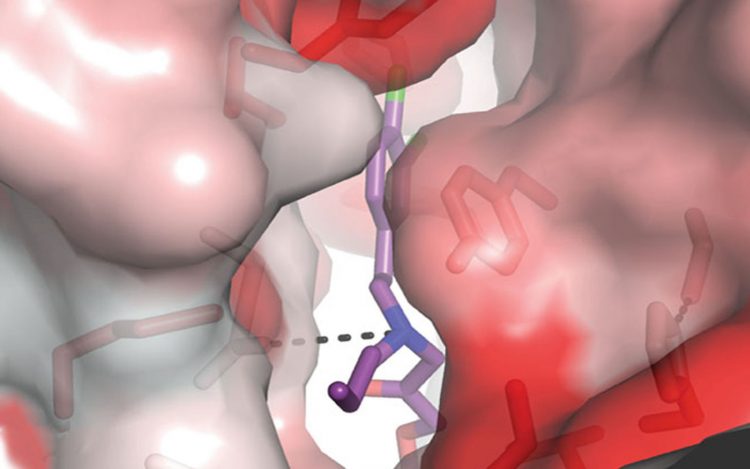
Prof Furukawa and the research team collaborated with scientists at Emory University and looked for a way to prevent the over-firing of NMDA receptors, without affecting other regions of the brain that are functioning normally.
Previously, the 93-series were identified to serve this purpose – the compounds downregulated the receptor activity, even when glutamate was present, and prevented excessive neuronal firing. However these compounds are also capable of inhibiting the NMDA receptors in healthy areas of the brain.
The research team then set out to improve the unique features of the 93-series using X-ray crystallography, where they found that an area of the compound fits directly into a tiny pocket on the NMDA receptor.
“Now that we see the pH-sensitive pocket within NMDA receptors, we can suggest a different scaffold,” Prof Furukawa explained. “We can redesign the 93-series chemical compound – let’s call it 94-series – in such a way that it can more effectively fit to that pocket and a higher pH sensitivity can be obtained. So, we’re basically just starting our effort to do that.”
The results of the study were published in the journal Nature Communications.
Related topics
Bioinformatics, Disease Research, Drug Discovery, Drug Discovery Processes, Drug Targets, Molecular Biology, Molecular Targets, Research & Development, Structural Biology, Therapeutics
Related conditions
Alzheimer’s disease, Depression, seizures, Stroke
Related organisations
Cold Spring Harbor Laboratory, Emory University
Related people
Professor Hiro Furukawa




